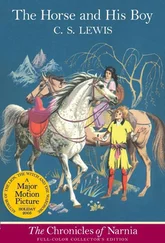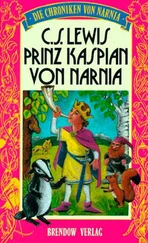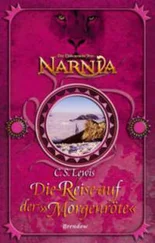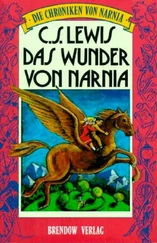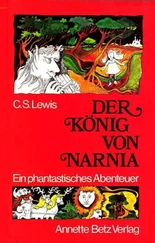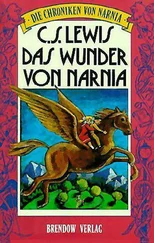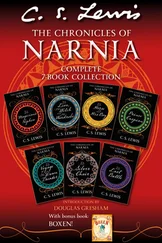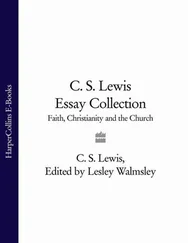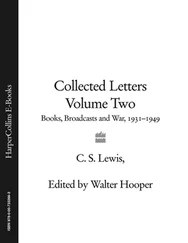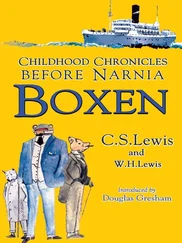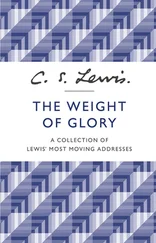139See St Giovanni Calabriain the Biographical Appendix to CL II, pp. 1036-9. Don Giovanni Calabria was the founder of the Congregation of Poor Servants of Divine Providence in Verona. In 1947 he read The Screwtape Letters in Italian. Wishing to write to Lewis about his books and about Christian unity, but not understanding English, he began corresponding in Latin. Most of the correspondence between Lewis and Don Calabria was published as Letters: C. S. Lewis-Don Giovanni Calabria: A Study in Friendship , trans, and ed. Martin Moynihan (London: Collins, 1989). Unless otherwise stated, the letters were translated into English by Moynihan (see his biography in CL II, p. 615n). There is also an Italian edition of the correspondence, with some additional letters between Lewis, St Giovanni Calabria and Don Luigi Pedrollo, entitled Una Gioia Lnsolita: Lettere tra un prete cattolico e un laico anglicano , ed. Luciano Squizzato, trans. Patrizia Morelli (Milan: Jaca Book SpA, 1995). Those additional letters appear in the present volume.
140 Le Problème de la Souffrance , trans. Marguerite Faguer, with an introduction by Maurice Nédoncelle (Bruges: Desclées de Brouwer, 1950).
141In Una Gioia Insolita Luciano Squizzato (p. 156, n. 92) notes that both Lodetti and Arnaboldi denied ever having received this volume, and that no copies can be found in St Giovanni Calabria’s private library. Calabria was at this time seriously ill; Fr Pedrollo, who answered this missive, was deeply concerned for his friend’s health, and may have simply been vague about the books; apparently, Lewis just sent one to him (see Lewis’s letter of 12 September 1950). For biographical information on Dr Romolo Lodetti see CL II, pp. 821-2. Fr Paolo Arnaboldi (1914-98) was the founder of FAC, a Catholic movement in part inspired by Calabria’s books Apostolica vivendi and Amare (see Squizzato, pp. 262-3); incidentally, these were the books Calabria sent to Lewis in the autumn of 1947 (see CL II, p. 807).
142Maurice Nédoncelle (1905-1976), philosopher and lecturer in Theology at the Faculty of Theology in Strasburg.
143Probably a reference to Mrs Moore’s continued decline.
144He was referring to his Preface in Essays Presented to Charles Williams (1947).
145i.e., of The Lion, the Witch and the Wardrobe .
146For an account of the wedding see Clement Freud, Freud Ego (2001), pp. 99-100.
147In her note to this letter, written on 4 October 1972, Bodle explained that she was wondering whether to take a German boy, Franzel, to New Zealand. ‘He didn’t go,’ she said. ‘He now has a doctorate & is on the staff of a German university’ (Bodleian Library, MS. Eng. lett. c. 220/4, fol, 247).
148See Don Luigi Pedrolloin the Biographical Appendix. Fr Pedrollo, a member of the Congregation of Poor Servants of Divine Providence in Verona, was answering on behalf of Don Giovanni Calabria. This letter first appeared in Una Gtota Insolita and was translated by Dr C. M. Bajetta.
149Towards the end of his life (after 1949) St Giovanni Calabria was affected by a mysterious illness, which underwent a particularly acute phase in 1950. After a period of relief, following the Pentecost of 1951, his infirmity worsened and he died in 1954.
150Horace, Carmina , I, 24, 1-2: ‘Quis desiderio sit pudor aut modus/tam cari capitis?’: ‘Why blush to let our tears unmeasured fall/For one so dear?’.
151i.e., Geoffrey Bles.
152See the biography of Anne Ridler, friend of Charles Williams, in CL II, p. 658n, and Anne Ridler’s Memoirs (2004).
153Ruth Pitter.
154Charles Williams. Ridler criticised Williams’s use of ‘shend’ in a Taliessin poem.
155See Martyn Skinnerin the Biographical Appendix to CL II, pp. 1072-3.
156Martyn Skinner, Two Colloquies (1949).
157‘Collections’ are examination papers set by college tutors for their pupils. They take place either at the end of term (in which case students are tested on their work during the term) or at the beginning of term (on work set for the preceding vacation). In Magdalen, in Lewis’s day, Collections usually took place in Hall.
158School Certificate examinations; for a definition see CL I, p. 612.
159Skinner, Two Colloquies , ‘The Lobster and the Thatch’, 49.
160ibid., 332.
161ibid., ‘The Recluse, Part I, 13.
162Alfred, Lord Tennyson, ‘Milton’, 9.
163Skinner, Two Colloquies , ‘The Lobster and the Thatch’, 220.
164ibid., 239-43: ‘The sudden clatter of cutlery and crockery/As sliding through the ham the knife’s thin edge/Turns half to rose its honey-coloured wedge;/Or where the bronze pork sizzles still with heat/Clicks through the crackling to white mines of meat.’
165John Milton, Works , vol. IV (New York: Columbia University Press, 1931), Of Education , p. 286.
166Skinner, Two Colloquies , ‘The Recluse’, Part II, 28.
167ibid., ‘The Lobster and the Thatch’, 433.
168King George I’s comment, ‘I hate all Boets and Bainters’ is found in John Campbell, Lives of the Chief Justices (1949), ‘Lord Mansfield’.
169See Harry Blamiresin the Biographical Appendix to CL II, p. 1024. Blamires had been head of the English Department at King Alfred’s College, Winchester, since 1948.
170Blamires had asked Lewis, his old tutor, to read and criticize his book English in Education (London: Bles, 1951).
171‘between ourselves’.
172‘Best professional judgement’.
173 Beowulf , I, xviii, 1206: ‘He was asking for trouble’.
174The letter was unsigned.
175See Mary Willis Shelburnein the Biographical Appendix. She is the author of Broken Pattern: Poems (Richmond: Dietz Press, 1951).
176Harriet Elizabeth Beecher Stowe. Uncle Tom’s Cabin (1851-2), ch. 21: ‘“Do you know who made you?” “Nobody, as I knows on,” said the child, with a short laugh. The idea appeared to amuse her considerably, for her eyes twinkled, and she added–“I ‘sped I growed. Don’t think nobody never made me.” ‘
177 The Imitation of Christ is a manual of spiritual devotion first circulated in 1418 and traditionally ascribed to Thomas à Kempis (c. 1380-1471). Lewis nearly always read this work in Latin, and when quoting it in English, he used his own translation.
178The edition of this work used by Lewis was The Scale of Perfection by Walter Hilton, Augustinian canon of Thurgarton Priory, Nottinghamshire , modernized from the first printed edition of Wynkyn de Worde, London, 1494, by an oblate of Solesmes; with an introduction from the French of Dom M. Noetinger (London: Burns, Oates and Washbourne Ltd [1927]).
179In her letter of 20 November 1950 Mathews wrote: ‘I came upon such a beautiful message today by Era Giovanni (an extract from a letter, Anno Domini 1513) that I simply must pass it on to you’ (Bodleian Library, MS. Facs. c. 47, fol. 199). She went on to quote from Era Giovanni Giocondo (c. 1435-1515), A Letter to the Most Illustrious the Contesstna Allagta Delà Aldobrandeschi, Written Christmas Eve Anno Domini 1513 (193?). In 1970 the British Museum stated that it was impossible to identify Era Giovanni. The letter was published, probably in the 1930s, ‘with Christmas greetings’ from Greville MacDonald, son of George MacDonald, and his wife Mary. It is reprinted in various dictionaries of quotations.
180Hermann Wilhelm Goering (1893-1946), German Nazi military leader, creator of the Luftwaffe, the German Air Force, directed the German wartime economy. In 1939 he was named Hitler’s successor, but he later lost favour and in 1943 he was stripped of his command. ‘Guns will make us powerful,’ Goering said in a radio broadcast in 1936, ‘butter will only make us fat.’
Читать дальше

